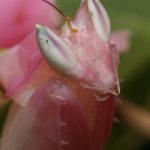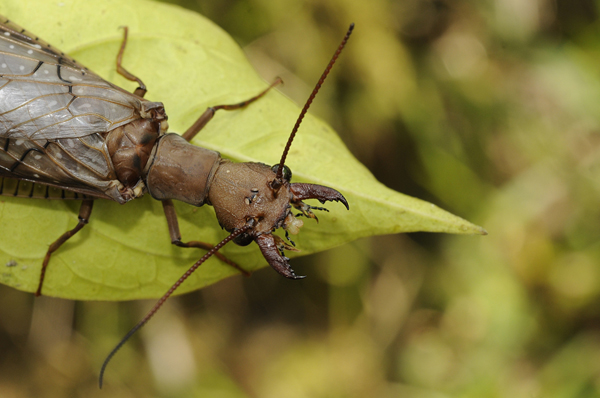You have beetles and you have BEETLES. The Hercules Beetle is definately of the latter kind. The Hercules beetle Dynastes hercules hercules is a species of beetle from is a large native to the rainforests of South America, Central America, and the Lesser Antilles. The species is part of the rhinoceros beetle species. The males grow a huge horn on their head, which is used to fight other males. Females lack their horn, making them appear much smaller. Male Hercules beetles can grown up to 17,5 cm in length including their horn. That makes them definately a BEETLE.
To be able to be this big as an adult beetle, the beetle larva (grub) has to get huge as well. It starts as a tiny egg and hatches into a tiny grub. But then it eats and eats, for one to two years. It lives inside rotting logs and feeds of the rotting wood. The grub can get up to 100 grams in weight. After it is done eating it will mold into a pupa. This life stage hardly moves and stays in the log until the pupa has developed into an adult beetle (imago). It then emerges from the pupa and comes out of the log. It will live for a couple of months. When adult a Hercules beetle eats fruits and in captivity it can also be fed with beetle jelly and other food sublements.
Hercules beetles are being kept as pets by insect ethousiasts. I never had one, but more patient people have reared them succesfully from egg to grub, pupa and finally adult beetle. The following video shows the entire list of stages. I’m especially impressed with the huge grub and the moving pupa!
I’m happy to see that quite a few people are able to breed beetles succesfully. One female can produce around 100 eggs, making one succesful breeder a huge supplier of new grubs and beetles. This allows insect enthousiast to purchase a captive bred larva or beetle, sparing the ones in nature. Rearing beetles can give us fascinating new insights in the life of beetles and will motivate us more to preserve their habitat.

























